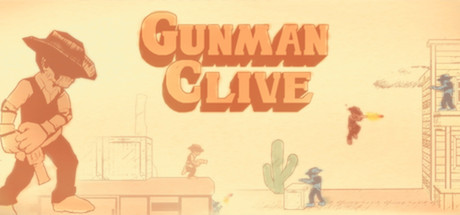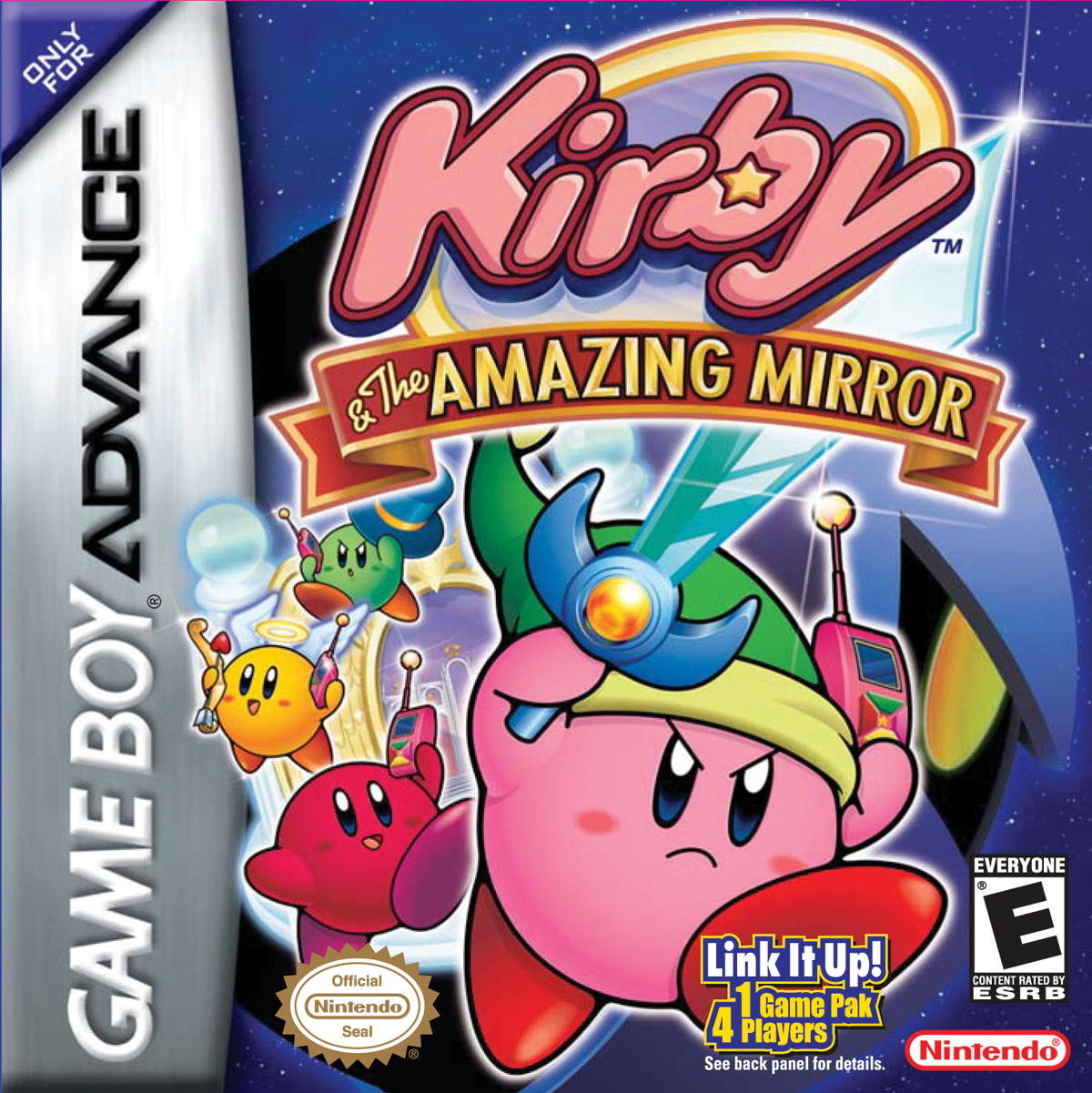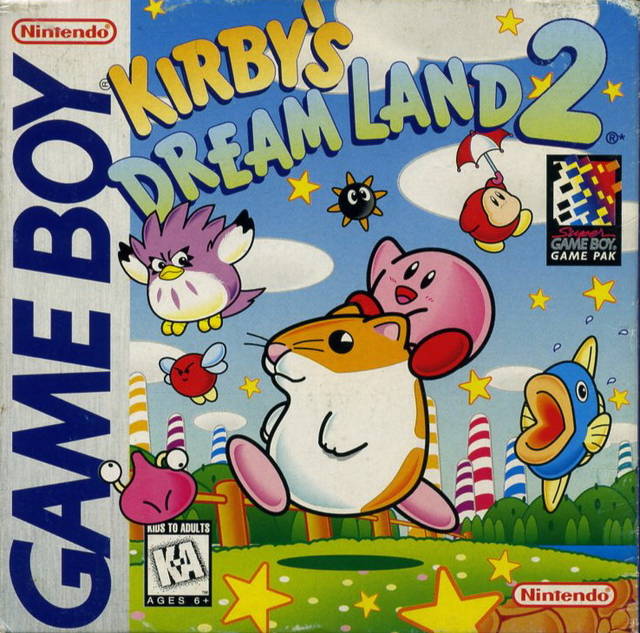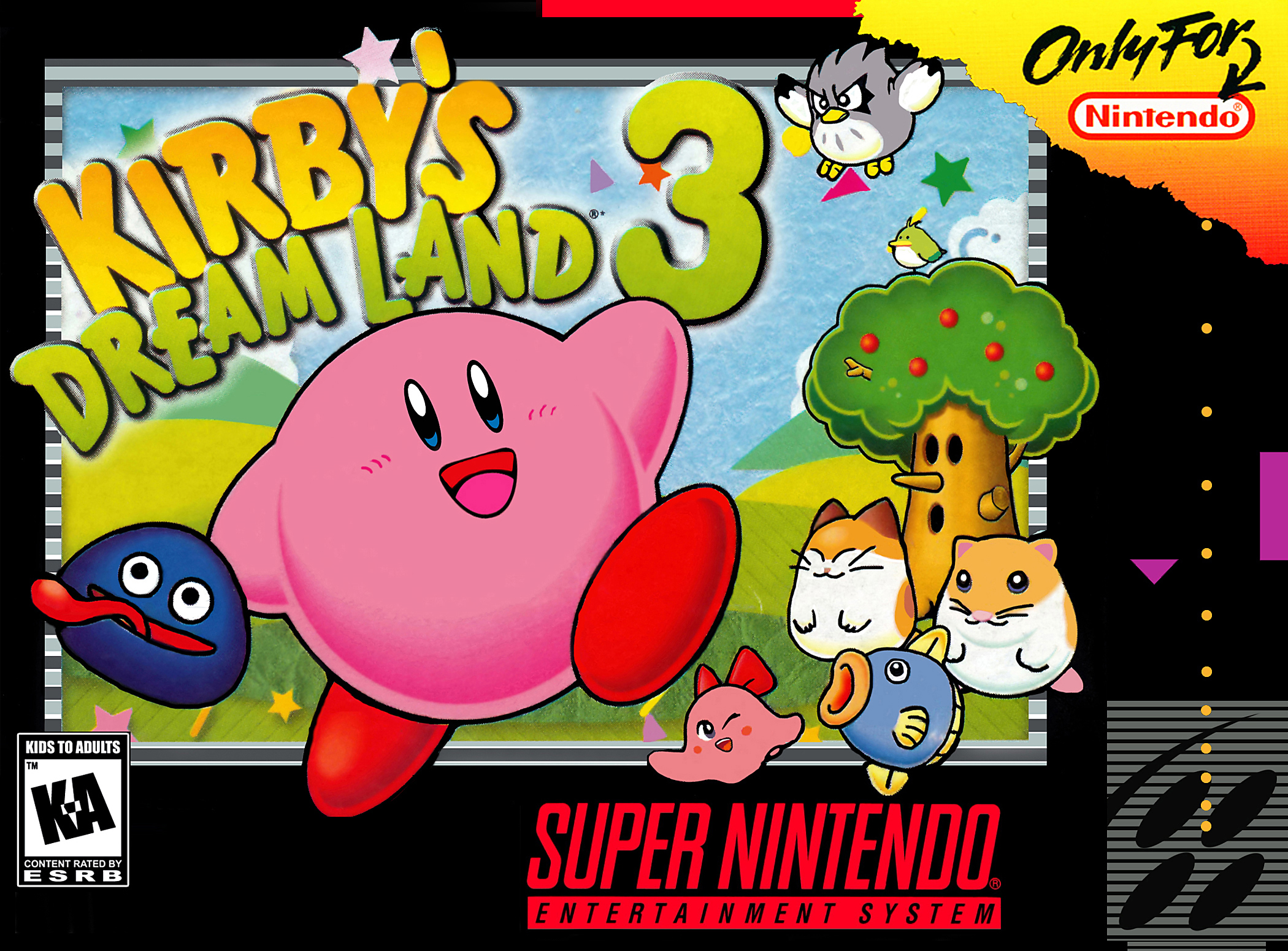So hey, remember when I did a big-ass post where I talked about all characters I used in Blazing Sword alongside a short review of it?
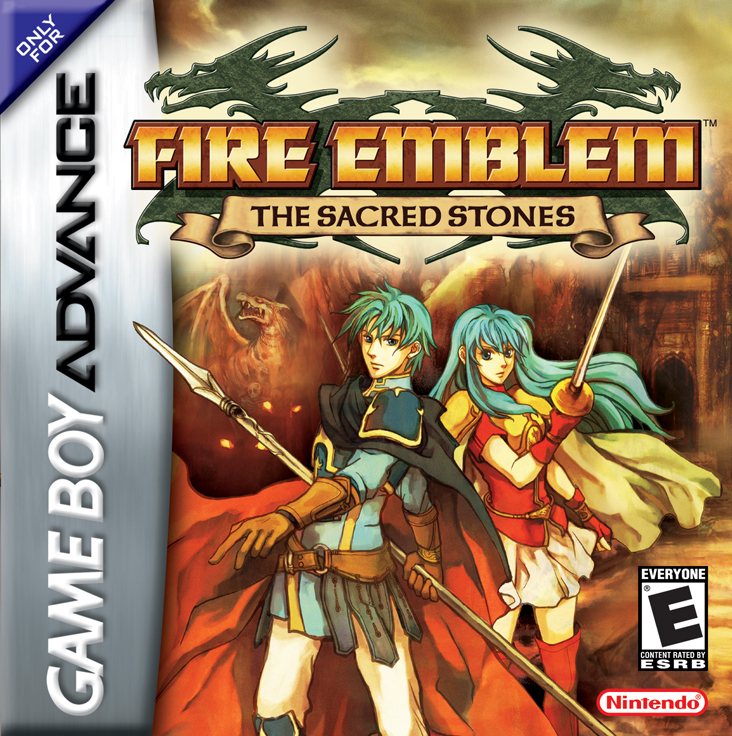

Well... I was seriously doubting that this game game would really surpass Blazing Sword. And honestly... it did. The game is shorter in story material, but... I still love it so much. And there's much more to do, actually!
First, our heroes! I had a quite interesting team this time around. Here's everyone I used consistently.

Oh... Ephraim. What a badass lord he is. We had Eliwood, Hector, Lyn in the previous game... well... Ephraim really bests them all, easily my favorite FE lord now. For starters, he uses lances, probably maybe the best weapon type, and his starting weapon... Reginleif... I shed a tear or two when it broke... during chapter 19. It was there through the journey entirely, but its time had to come. Well, ... carry me, Siegmund. Ephraim is also just a badass character himself. Never picks fights he can't win, he has the charm of a prince but deep down he also just considers himself a normal person. Self-confident in his skill and knows what to get involved in, and how. Pretty smart, that boy. A very, very caring friend as well, and one who takes his promises seriously.
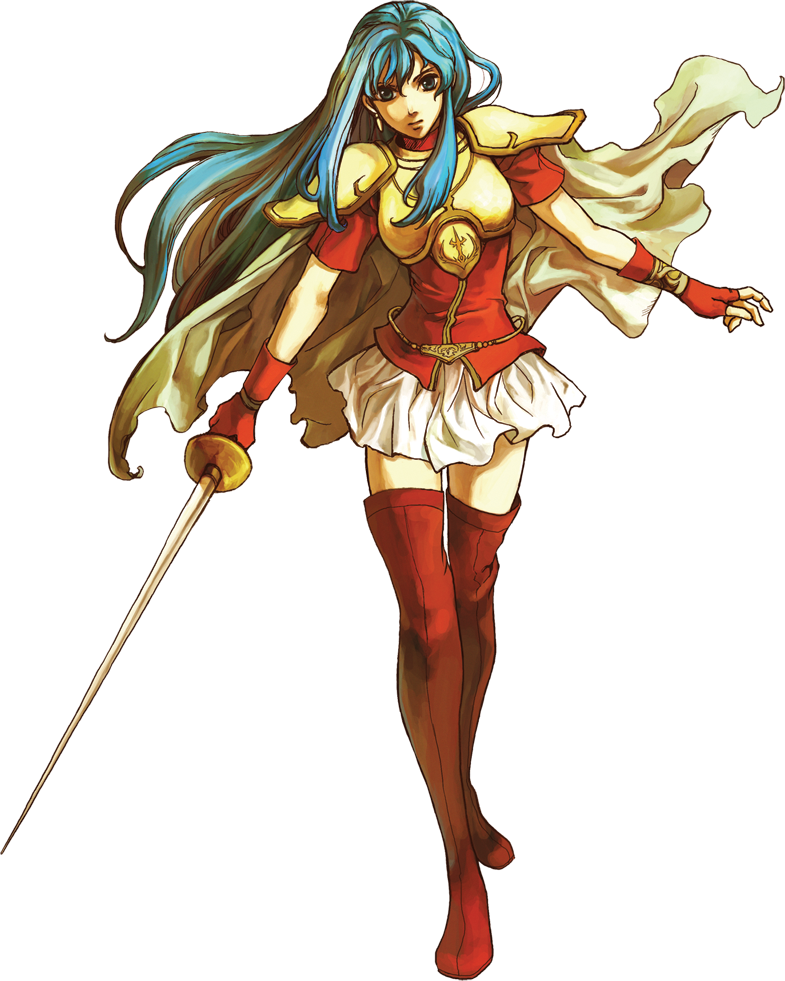
... And then there's his twin sister, Eirika. She doesn't stand out as much as her awesome brother, but she's a nice girl, and I can appreciate that on its own. As a unit, she has her uses. She ain't perfect at all, but she can do some decent work enough, and the enemies in this game are not very strong anyway. Also I supported her with Seth because I was like... ok. But next time I play this game I will ship her with someone else, who I think deserves her more.
Oh yeah. I didn't use Seth.

Ah, Forde. This guy, man. I just love this guy. Not too special of a unit, he's your typical cavalier. Made him a Paladin, and he kicked revenant ass. Starts off with some nice looking stats, which can grow into amazing, and he's got some decent speed on himself. But although he was very fun to use ingame, the one true reason I love him so much... well... let's say you took me... and decided to throw me into the Fire Emblem universe... you get Forde. Forde is just... me, translated into FE. Everything besides backstory and looks is like me. He talks like me, thinks like me, is perceptive of others' emotions like me, and he loves drawing. Like me. Forde IS me! In the entire universe of video games I have never seen anyone I can relate to this much. Saying I love Forde just means I love myself.
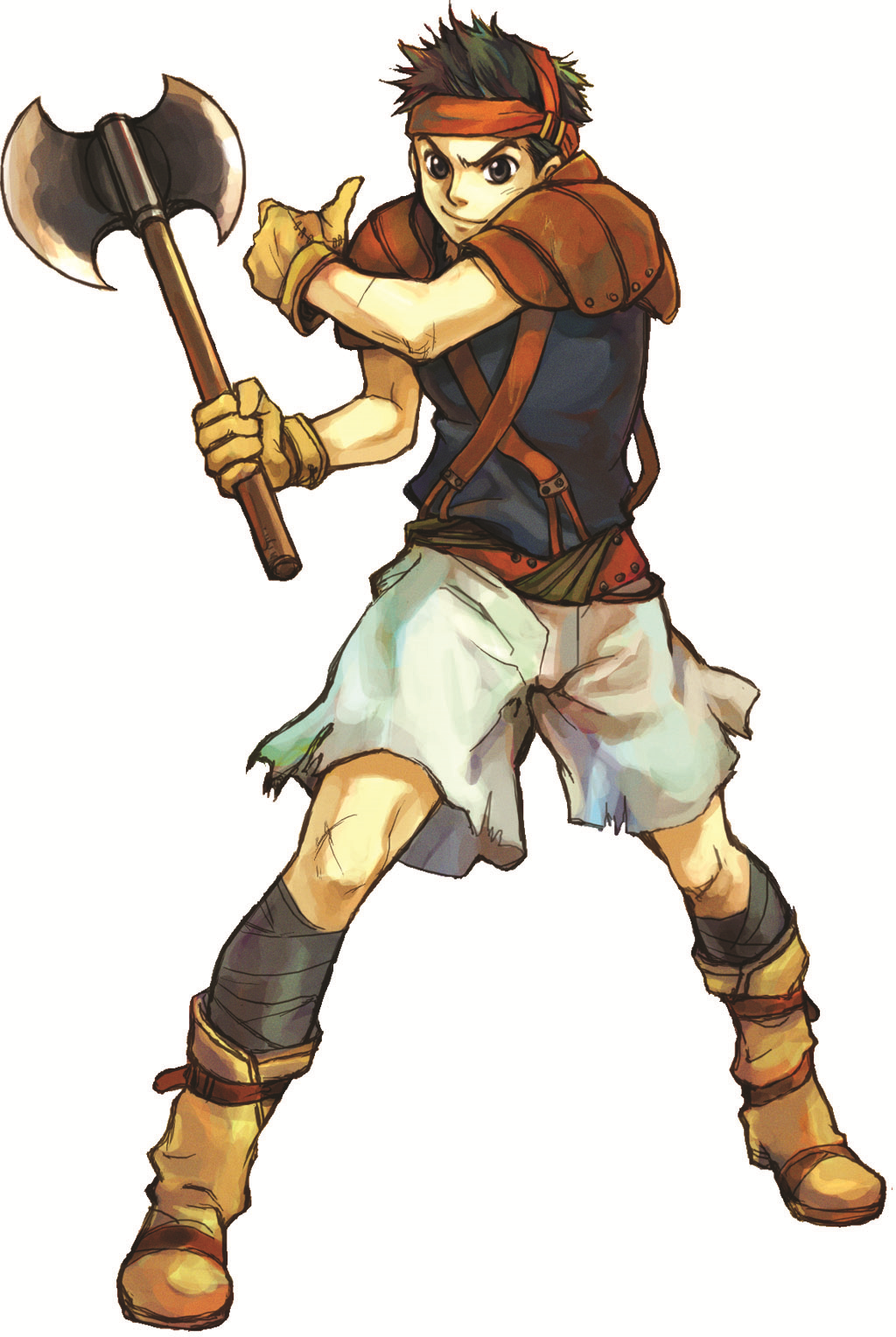
Ross was so goddamn useless in the beginning. Was too fragile to attack up close, and... never wanted to gain speed. Through the entire game he only ended up gaining 9 speed points... in a total of about 40 level ups. Thankfully... he mad eup for it with monstruous damage output. This guy could pretty much one shot almost anything that got in his way. Ross is a kid from some village that got destroyed by bandits. With nowhere to go, him and his dad join your little group. Him being a trainee, he takes time to get ok, but when he does, he's an absolute killing machine. He loves his daddy, and the way he asserts dominance over him sometimes is pretty precious. Oh yeah, this guy got ripped, I made him a Berserker.
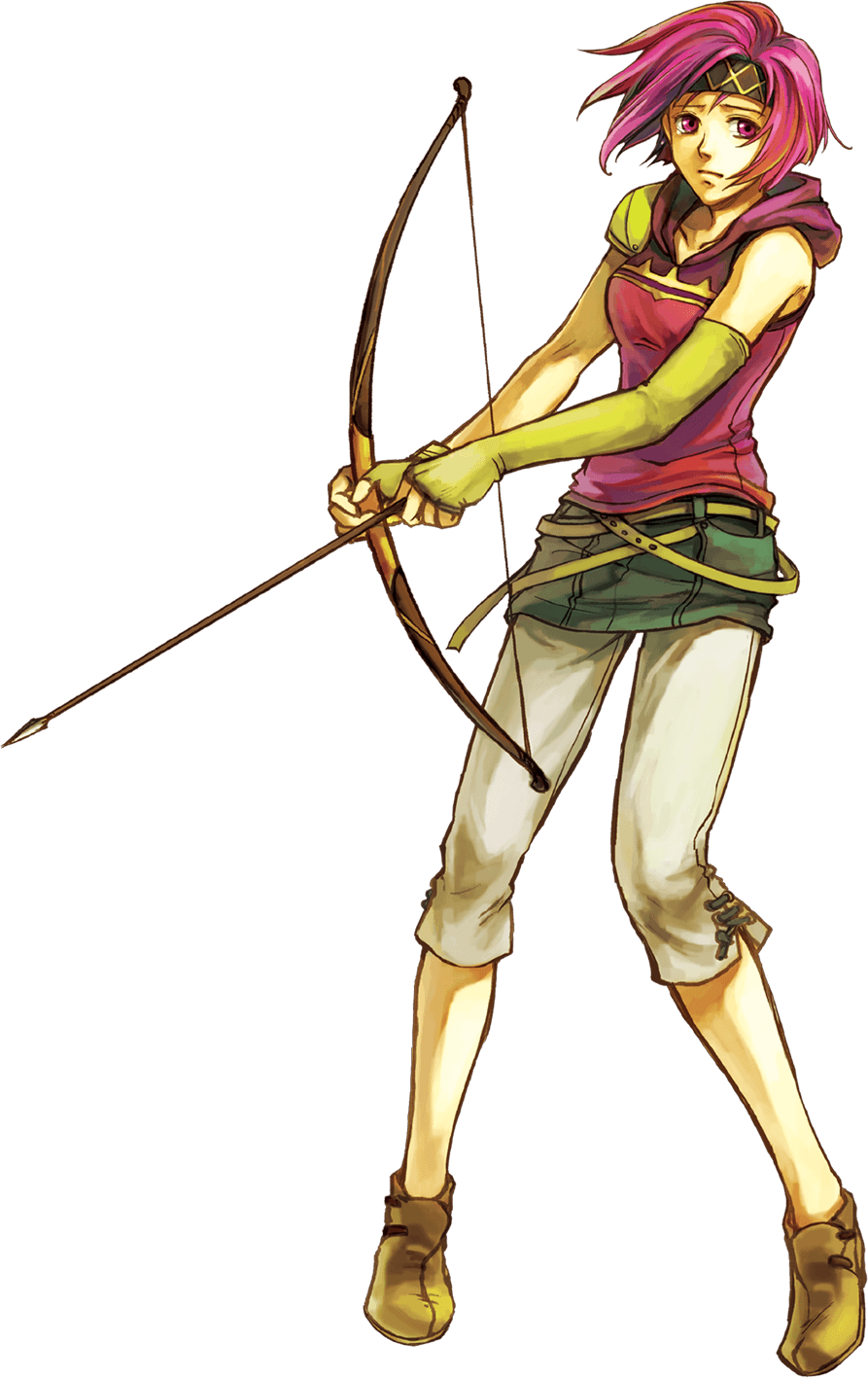
Now here's a cute little cinnamon roll who's called Neimi. She's a very sensitive girl. She cries a lot. And she just lost a lot. In a harsh world where war is waging on the land, commoners are left unprotected, and bandits run wild. She still has someone to confide in however. Idk, the way she talks is also adorable. And. She's an archer. One of my favorite classes, wouldn't you know it. I promoted her to Ranger since it gave her horse and access to horses. And DAMN she was amazing. She has terrible HP, but she became so evasive it didn't matter anymore, and that movement + bows makes you reaches faraway enemies. I already loved Neimi as a character, but she was also a hell of a fun unit to use. I definitely had to bring her to endgame.

Colm is Neimi's boy. He's childhood friends with her, and although he is somewhat harsh on her, he means well, and if he gets to know you, you'll find that he's a chill dude. Him and Neimi are such a cute OTP. In fact, it's actually very beneficial in gameplay. Once A support is reached between these two, always be sure to keep them close to each other because together they destroy. Colm being a thief also makes him good for doors and chests, and he's also probably the best thief I took control of combat-wise. I made him an assassin, and oh boy is Lethality a very fun and satisfying skill to pull off. Especially when you wouldm't kill the enemy without a normal crit anyway.
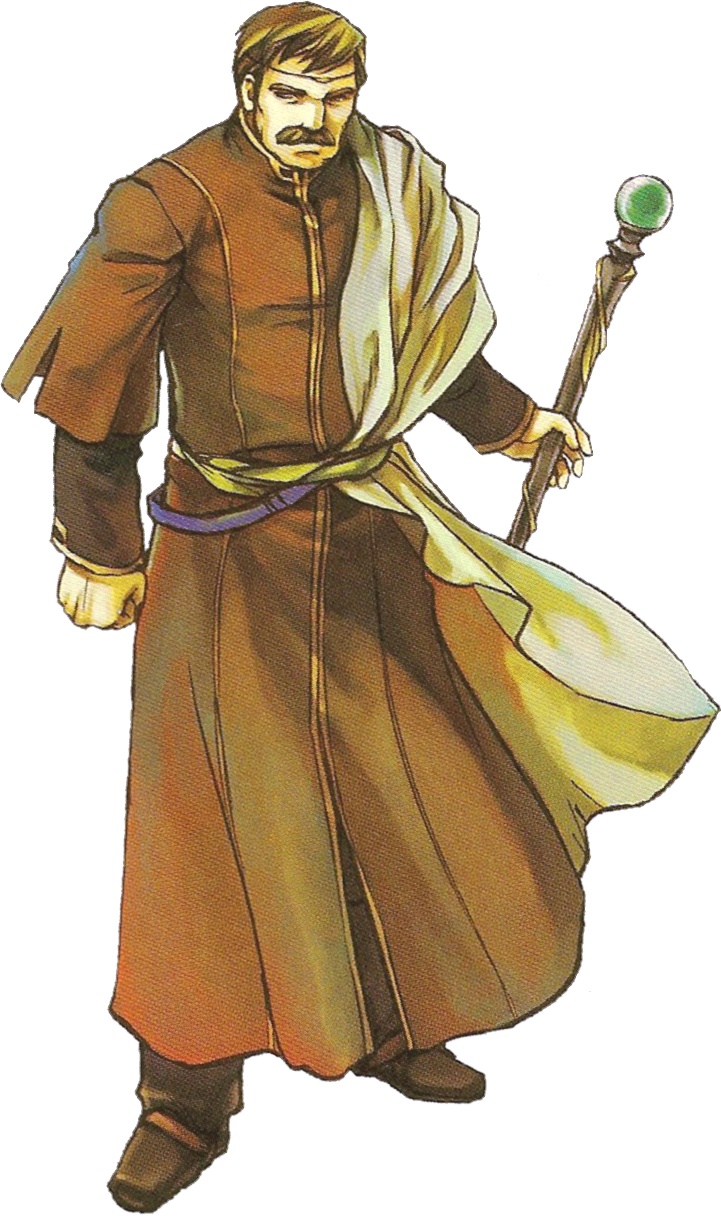
I like that Moulder. That is a nice Moulder.
Moulder the Boulder is an interesting priest. He has abnormally high constitution and actually some pretty nice speed. And better magic than *cough* Serra *cough*
Jokes aside Moulder is a wholesome character, taking the time to listen to others' problems and providing them with wise advice. And as a unit... well... he starts off as any healer would. Poor defense an d frailty. But. Moulder can promote into a Bishop. And Bishops in this game can deal three times their normal damage output against monsters, which you fight a lot of. Moulder could solo entire Monster maps. But to be fair those monsters are pathetic, but still, for someone who used to be a simple healer.
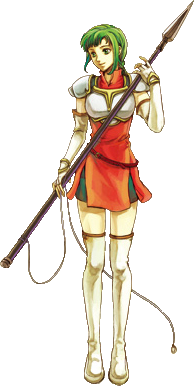
People say Tana is superior, people say that she needs to promote to Wyvern Knight. Well I used Vanessa, made her a Falcoknight and regretted nothing. Although not on the same level as Florina, Vamessa was still a really good unit to have on the battlefield and although her personality is kinda bland... I guess that's actually a key thing about her. It's a bit of a problem she has, she doesn't know how to show her true self around others. Save for a few exceptions. And she's a Pegasus Knight, a flying class, which is nice.

Joshua... is NOT my favorite myrmidon from this game. Still pretty damn good though. Also he choose what to fight for based on coin tosses, the mad lad.
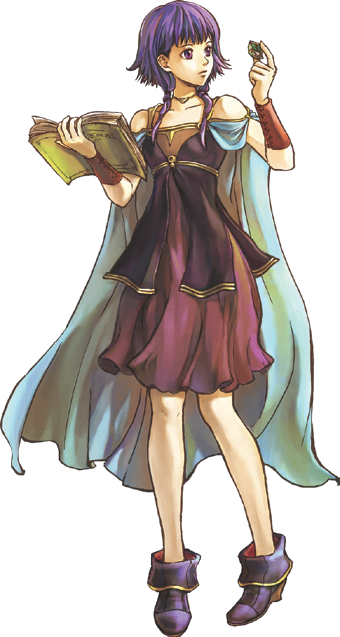
Lute. The mage. Mages are a great class, and the first mage you get in a FE game is always a great unit. Lute destroys Knights, and many things she can double. Made her a sage. She is also pretty arrogant and believes she is quite simply the best. While that is hilarious at times and kinda true as far as magic users in this game go, I still found her personality a bit annoying at times, but she has some sweet moments. Also yes. Watching simple Fire tomes wreaking tragedy upon the enemies never gets old.
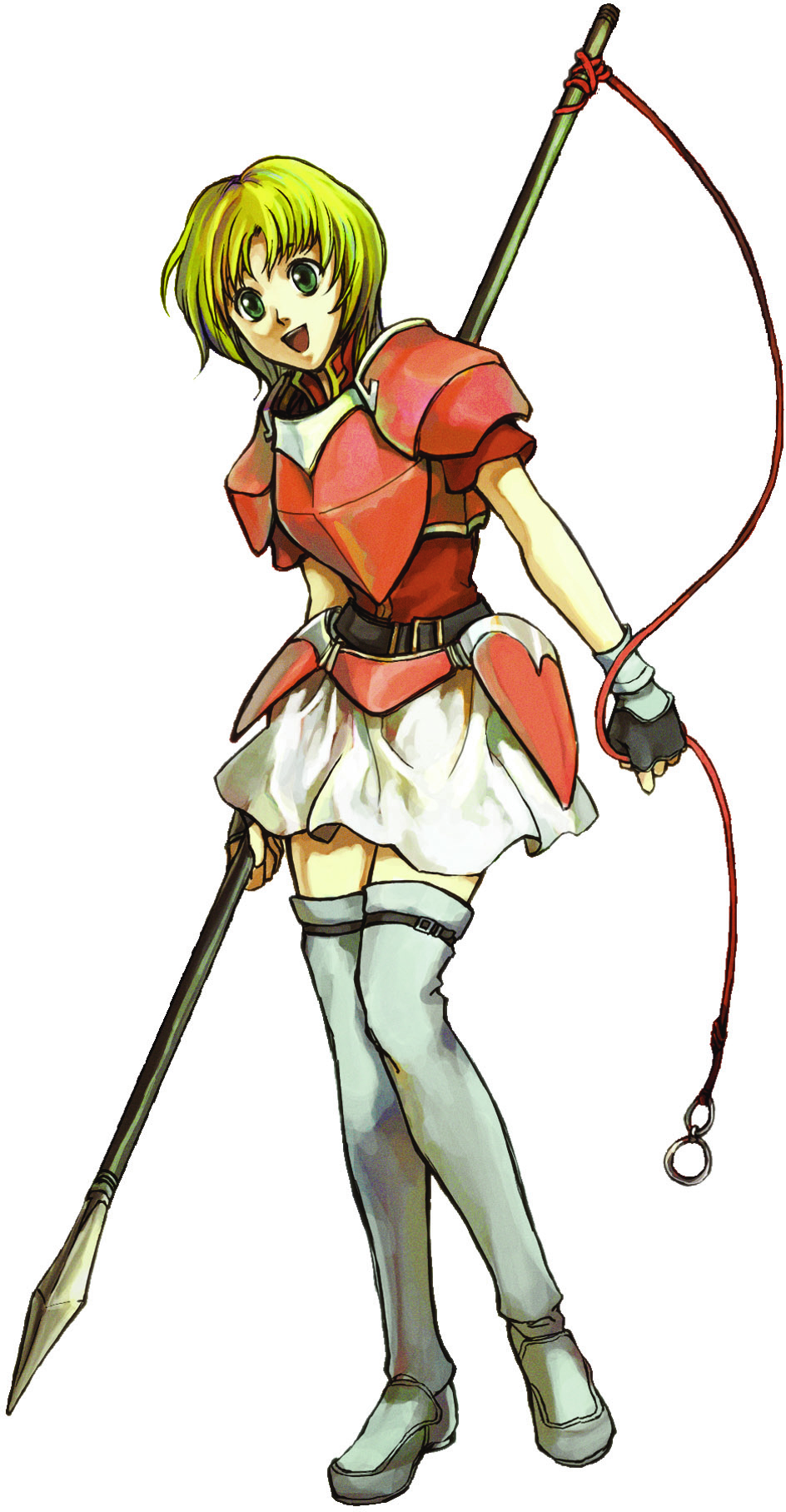
Amelia is not super good as a unit, but she tries her best. She's another trainee like Ross. A made her a General. She was good at it, monus the defense part. But anyway, she's... ok. Not the best by far, but she's usable. Also pretty awfully cheery for someone who just joined an army and has first-hand experience with harsh treatment from her superiors.

Gerik... such a nice guy, man. What a bro. He's gone through shit, he got beaten up by some guy when he thought he was the strongest, the world opened his eyes. Gerik is a very kind leader for a company of mercenaries, which is odd for the members of that company. Gerik makes sure to check on everyone and know if they're alright or need any help, and that's the kinda guy I'd like to have as a friend. As a unit, he's the only mercenary in the game so chances are you're gonna use him, and he has nice stats all-around. Doubles many things and does lotsa damage. I made him a Hero, one of my favorite classes. He's pretty ripped, gotta say. Brought him to endgame.
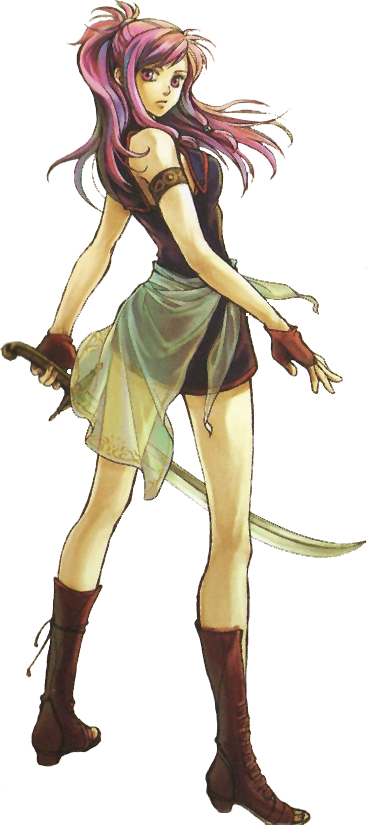
Ok, shit got real, here we go. I said Joshua wasn't my favorite Myrmidon in this game. And that is because Marisa exists. At base, Marisa has stats that COMPARED to my level 17 Joshua. Yes. I knew from that moment I was definitely training her up, and she did not disappoint. Give her a killing edge or two and she's pretty much a crit machine. I made her a Swordmaster. Marisa is pretty nice-looking, a beautiful woman. However she ain't very sociable and as such has problems dealing with people. She legit promises Gerik in a support conversation that she's "practicing being sociable". She's that kind of character who's unintentionally funny when soeaking, and honestly her way of talking is also kinda cute. I love Marisa. Definitely best girl in FE. Yes. I said that. Brought her to endgame and she crit everything that dared try to touch her.
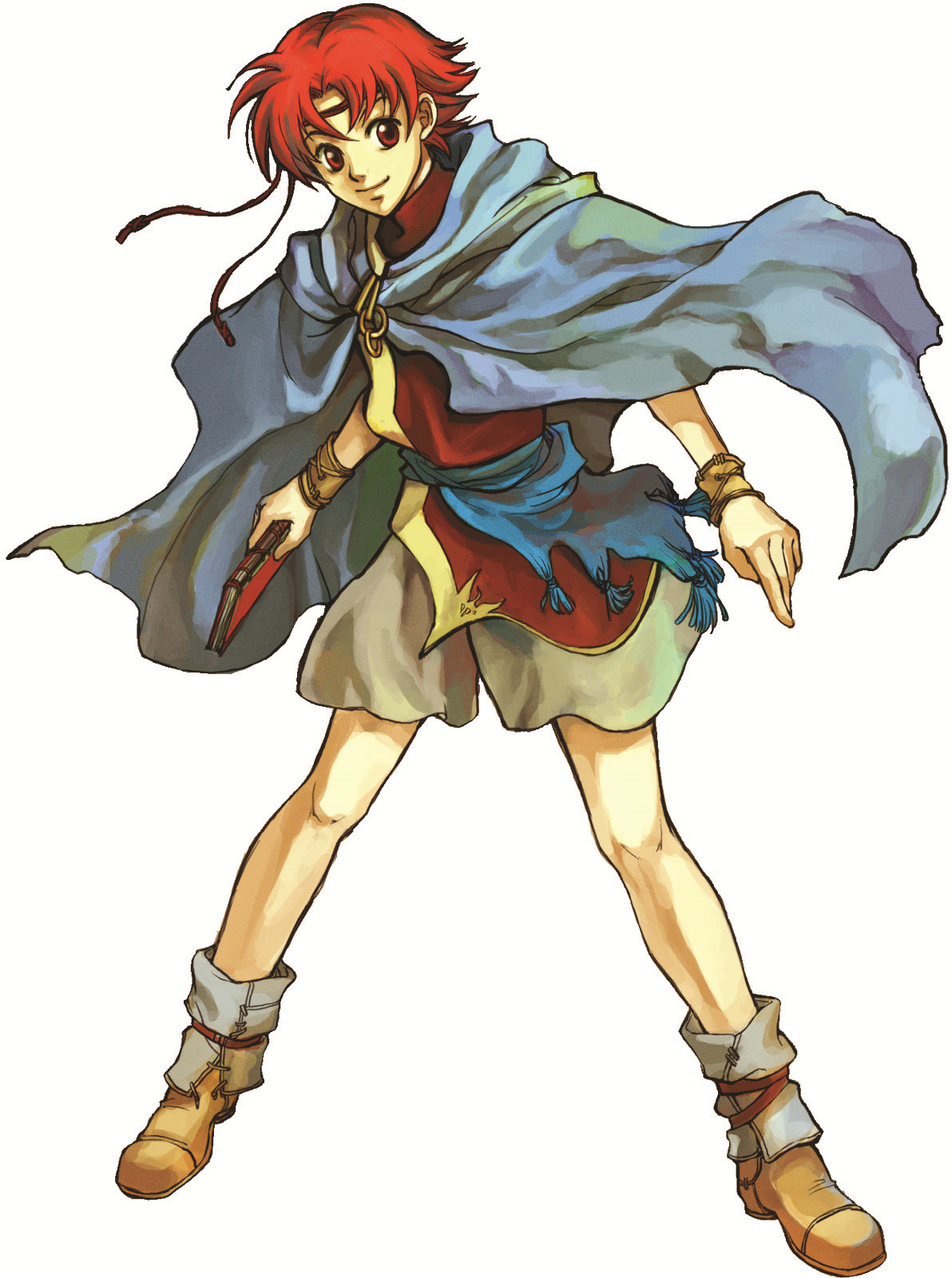
Ewan is the last trainee you get, and he uses magic. I made him a Druid. Kinda didn't have the patience to train Knoll so here. He's a bright guy with many ideas he wants to put to fruition. Cares about his family and wants to protect them, as weak as he might start. Brought him to endgame because someone had to wield the S rank Dark magic tome.

Here's our Wyvern Rider. Cormag was a nice unit and character, but although he's the same class as Heath, he wasn't as fun to train. Still. Made him a Wyvern Knight, and like everyone else, became strong by the end. He's a traitor to his country of Grado who decided he'd follow his heart and fight for what's right. Not much else to say about him, that's pretty much all you need to know about Cormag. Pretty cool backstory he has though.
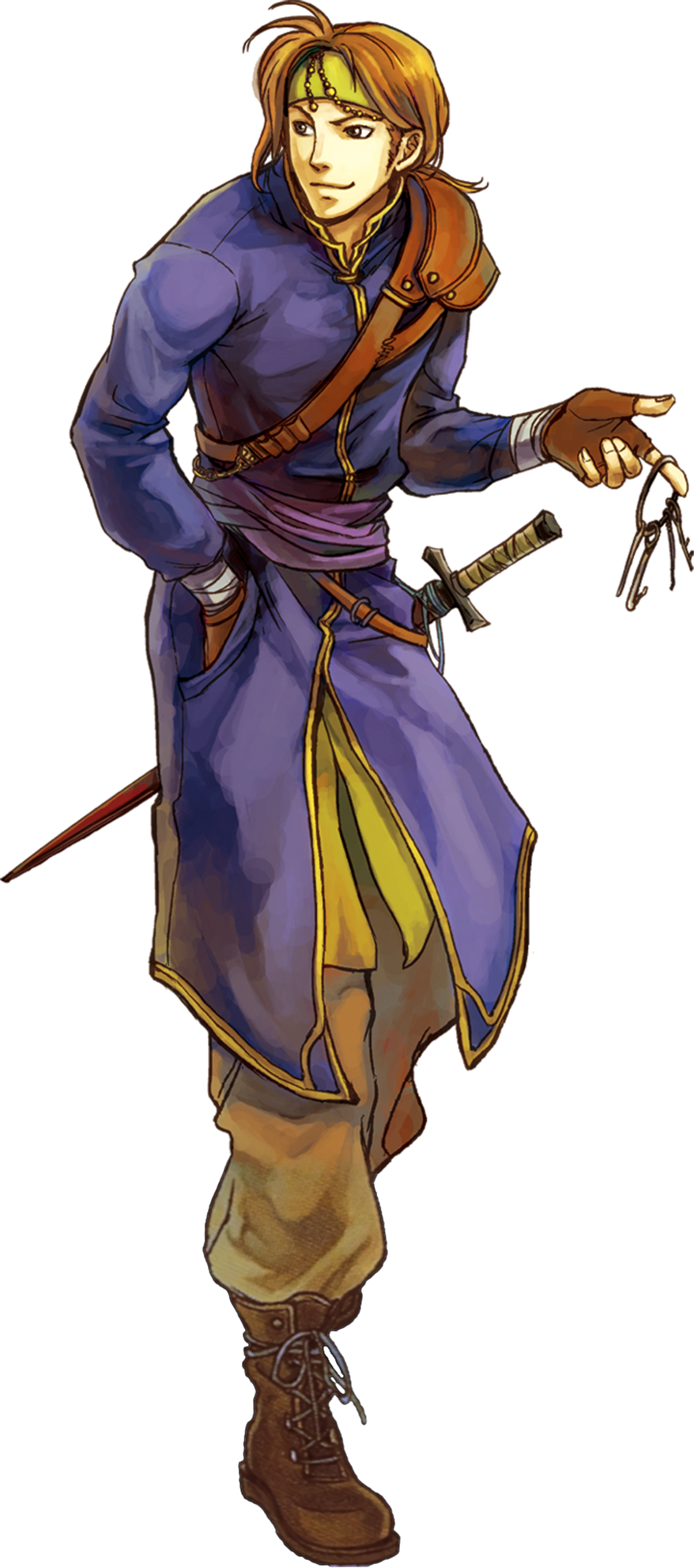
I actually ended up using Rennac, who would've thought. Rennac is that guy who is not very excited about the adventures he is dragged into, but he's not one to really try to get out of them. Huh. You know, that's a thing we have in common I guess. Anyway, since I made Colm an assassin, Rennac was going to be my new thief. He's a prepromoted Rogue. Not a super good unit for fighting but he gets his own job done pretty well. He's the son of a rich merchant, and he sometimes happens to regret the situation he got himself into so much that he starts pondering about why people live. He just accepted a contract about escorting a princess to her homeland and now he's stuck with her forever. Poor guy. He's pretty fun to voice though.
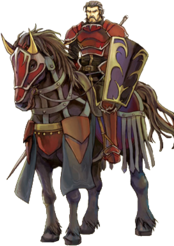
Duessel is another one of those prepromotes I really like. Duessel is originally one of the imperial generals of Grado, and the highest ranking man in the whole army. Because of that, it just feels so good to have a man like him on your side. He is branded a traitor like Cormag and now faces execution threats. Ironically you end up saving his life, and apparently he is Ephraim's teacher with the lance. Not only this, but he is a very experienced man and has some deep and profound kindness, and understands that everyone in the army has ideals that they fight for. He's a Great Knight, which means he's basically a general on a horse, with well-rounded stats but a bit of a higher focus on strength and defense. A very solid prepromote. Brought him to endgame due to there being an extra slot.
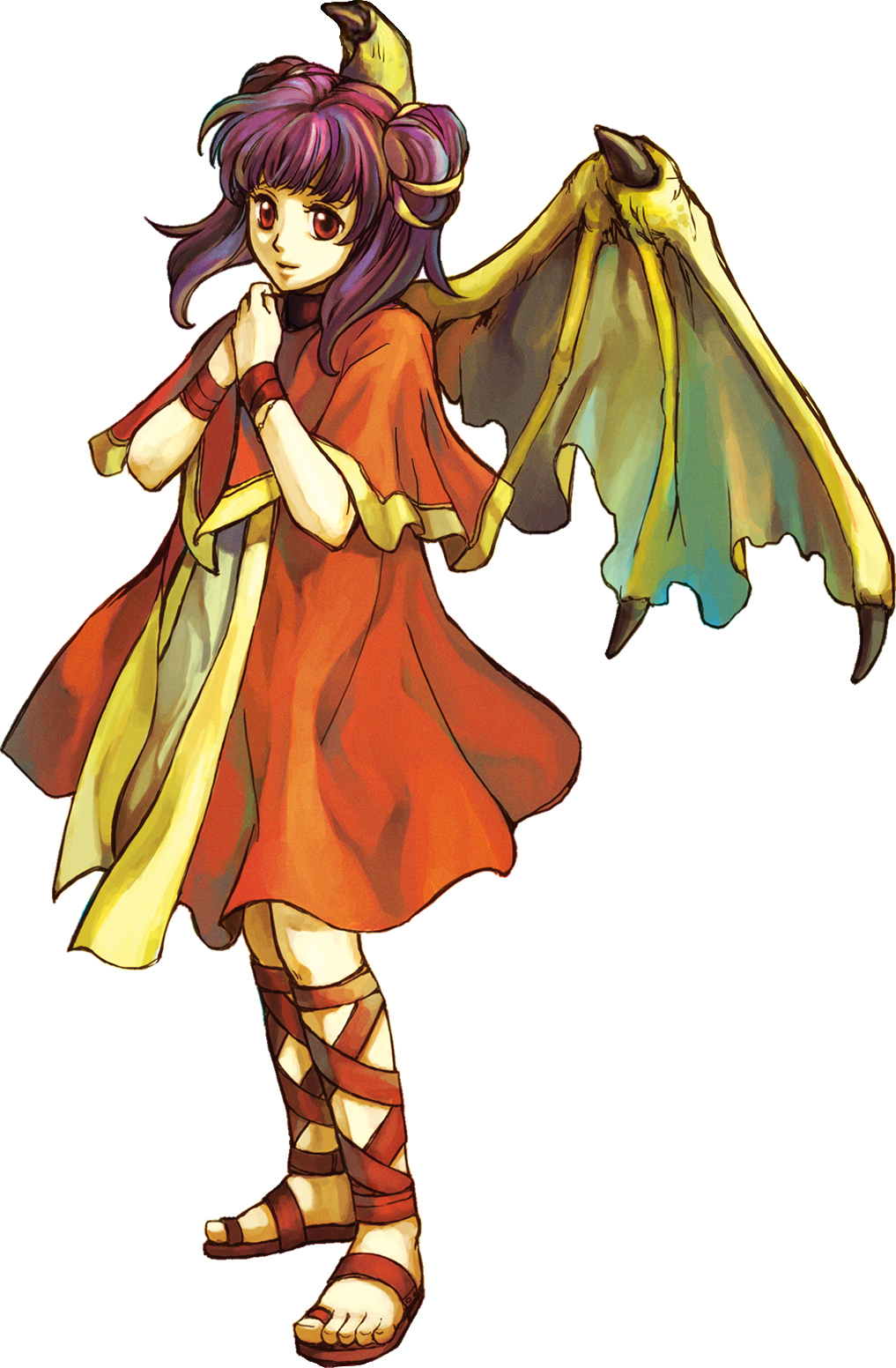
And Finally here's good dragon daughter, Myrrh. You know the archetype, looks very young but is a dragon so like 1000 years, and so on and so forth. Myrrh is so adorable when she blames herself for whatever happens. And her friendship with Ephraim is so cute I actually made her his support partner. And as a unit she's pretty overpowered, but break her dragonstone and she's helpless. She... actually killed Lyon in my run.
With all my team out of the way, special thanks for Franz for filling in for the earlygame cavalier when Forde wasn't around, Tethys for, well, dancing utility, Dozla for being just about an awesome character, Innes and Saleh for keeping Eirika alive in Chapter 15, and Artur for being a decent light magic user before falling behind at some point.
Here are the pairings I did, including the non-romantic ones.
Eirkia X Seth
Ephraim X Myrrh
Forde X Vanessa
Marisa X Joshua
Duessel X Amelia
Gerik X Tethys
Lute X Artur
Colm X Neimi
This game... it blew me away. Skirmishes are so fun to grind units in or just tear through with your strongest units. It was a nice distraction from the main story, which by the way got really dark at some point. The gameplay here feels so much like Blazing Sword, but the small changes made like the new classes, possibility to choose two classes to promote into, and such really made the game stand out. It had an amazing soundtrack, and although Reminiscence is still one of my favorite songs in Fire Emblem, many of the themes here felt so great to listen to.
The cast of characters, while smaller than this of most FE games, is the most endearing I have seen so far, and a lot of these characters seem very well-written, like Gerik who isn't like a normal mercenary and was taught life lessons by near death experiences, Ephraim who realizes his attempts at getting glory cost him his country and his father, and now he is determined to fight to save whatever he has left, and Forde... who is me.
Until I play another Fire Emblem game that leaves a stronger impression on me, Fire Emblem: The Sacred Stones is my favorite Fire Emblem game now and probably one of my favorite games ever. Oh well... Three Houses is just around the corner. Let's see what it offers. Sure will be a new experience, since the series has changed a lot since GBA.
I wish I could've saved you, Lyon. That post-credit scene made me cry in the inside.
First, our heroes! I had a quite interesting team this time around. Here's everyone I used consistently.

Oh... Ephraim. What a badass lord he is. We had Eliwood, Hector, Lyn in the previous game... well... Ephraim really bests them all, easily my favorite FE lord now. For starters, he uses lances, probably maybe the best weapon type, and his starting weapon... Reginleif... I shed a tear or two when it broke... during chapter 19. It was there through the journey entirely, but its time had to come. Well, ... carry me, Siegmund. Ephraim is also just a badass character himself. Never picks fights he can't win, he has the charm of a prince but deep down he also just considers himself a normal person. Self-confident in his skill and knows what to get involved in, and how. Pretty smart, that boy. A very, very caring friend as well, and one who takes his promises seriously.

... And then there's his twin sister, Eirika. She doesn't stand out as much as her awesome brother, but she's a nice girl, and I can appreciate that on its own. As a unit, she has her uses. She ain't perfect at all, but she can do some decent work enough, and the enemies in this game are not very strong anyway. Also I supported her with Seth because I was like... ok. But next time I play this game I will ship her with someone else, who I think deserves her more.
Oh yeah. I didn't use Seth.

Ah, Forde. This guy, man. I just love this guy. Not too special of a unit, he's your typical cavalier. Made him a Paladin, and he kicked revenant ass. Starts off with some nice looking stats, which can grow into amazing, and he's got some decent speed on himself. But although he was very fun to use ingame, the one true reason I love him so much... well... let's say you took me... and decided to throw me into the Fire Emblem universe... you get Forde. Forde is just... me, translated into FE. Everything besides backstory and looks is like me. He talks like me, thinks like me, is perceptive of others' emotions like me, and he loves drawing. Like me. Forde IS me! In the entire universe of video games I have never seen anyone I can relate to this much. Saying I love Forde just means I love myself.

Ross was so goddamn useless in the beginning. Was too fragile to attack up close, and... never wanted to gain speed. Through the entire game he only ended up gaining 9 speed points... in a total of about 40 level ups. Thankfully... he mad eup for it with monstruous damage output. This guy could pretty much one shot almost anything that got in his way. Ross is a kid from some village that got destroyed by bandits. With nowhere to go, him and his dad join your little group. Him being a trainee, he takes time to get ok, but when he does, he's an absolute killing machine. He loves his daddy, and the way he asserts dominance over him sometimes is pretty precious. Oh yeah, this guy got ripped, I made him a Berserker.

Now here's a cute little cinnamon roll who's called Neimi. She's a very sensitive girl. She cries a lot. And she just lost a lot. In a harsh world where war is waging on the land, commoners are left unprotected, and bandits run wild. She still has someone to confide in however. Idk, the way she talks is also adorable. And. She's an archer. One of my favorite classes, wouldn't you know it. I promoted her to Ranger since it gave her horse and access to horses. And DAMN she was amazing. She has terrible HP, but she became so evasive it didn't matter anymore, and that movement + bows makes you reaches faraway enemies. I already loved Neimi as a character, but she was also a hell of a fun unit to use. I definitely had to bring her to endgame.

Colm is Neimi's boy. He's childhood friends with her, and although he is somewhat harsh on her, he means well, and if he gets to know you, you'll find that he's a chill dude. Him and Neimi are such a cute OTP. In fact, it's actually very beneficial in gameplay. Once A support is reached between these two, always be sure to keep them close to each other because together they destroy. Colm being a thief also makes him good for doors and chests, and he's also probably the best thief I took control of combat-wise. I made him an assassin, and oh boy is Lethality a very fun and satisfying skill to pull off. Especially when you wouldm't kill the enemy without a normal crit anyway.

I like that Moulder. That is a nice Moulder.
Moulder the Boulder is an interesting priest. He has abnormally high constitution and actually some pretty nice speed. And better magic than *cough* Serra *cough*
Jokes aside Moulder is a wholesome character, taking the time to listen to others' problems and providing them with wise advice. And as a unit... well... he starts off as any healer would. Poor defense an d frailty. But. Moulder can promote into a Bishop. And Bishops in this game can deal three times their normal damage output against monsters, which you fight a lot of. Moulder could solo entire Monster maps. But to be fair those monsters are pathetic, but still, for someone who used to be a simple healer.

People say Tana is superior, people say that she needs to promote to Wyvern Knight. Well I used Vanessa, made her a Falcoknight and regretted nothing. Although not on the same level as Florina, Vamessa was still a really good unit to have on the battlefield and although her personality is kinda bland... I guess that's actually a key thing about her. It's a bit of a problem she has, she doesn't know how to show her true self around others. Save for a few exceptions. And she's a Pegasus Knight, a flying class, which is nice.

Joshua... is NOT my favorite myrmidon from this game. Still pretty damn good though. Also he choose what to fight for based on coin tosses, the mad lad.

Lute. The mage. Mages are a great class, and the first mage you get in a FE game is always a great unit. Lute destroys Knights, and many things she can double. Made her a sage. She is also pretty arrogant and believes she is quite simply the best. While that is hilarious at times and kinda true as far as magic users in this game go, I still found her personality a bit annoying at times, but she has some sweet moments. Also yes. Watching simple Fire tomes wreaking tragedy upon the enemies never gets old.

Amelia is not super good as a unit, but she tries her best. She's another trainee like Ross. A made her a General. She was good at it, monus the defense part. But anyway, she's... ok. Not the best by far, but she's usable. Also pretty awfully cheery for someone who just joined an army and has first-hand experience with harsh treatment from her superiors.

Gerik... such a nice guy, man. What a bro. He's gone through shit, he got beaten up by some guy when he thought he was the strongest, the world opened his eyes. Gerik is a very kind leader for a company of mercenaries, which is odd for the members of that company. Gerik makes sure to check on everyone and know if they're alright or need any help, and that's the kinda guy I'd like to have as a friend. As a unit, he's the only mercenary in the game so chances are you're gonna use him, and he has nice stats all-around. Doubles many things and does lotsa damage. I made him a Hero, one of my favorite classes. He's pretty ripped, gotta say. Brought him to endgame.

Ok, shit got real, here we go. I said Joshua wasn't my favorite Myrmidon in this game. And that is because Marisa exists. At base, Marisa has stats that COMPARED to my level 17 Joshua. Yes. I knew from that moment I was definitely training her up, and she did not disappoint. Give her a killing edge or two and she's pretty much a crit machine. I made her a Swordmaster. Marisa is pretty nice-looking, a beautiful woman. However she ain't very sociable and as such has problems dealing with people. She legit promises Gerik in a support conversation that she's "practicing being sociable". She's that kind of character who's unintentionally funny when soeaking, and honestly her way of talking is also kinda cute. I love Marisa. Definitely best girl in FE. Yes. I said that. Brought her to endgame and she crit everything that dared try to touch her.

Ewan is the last trainee you get, and he uses magic. I made him a Druid. Kinda didn't have the patience to train Knoll so here. He's a bright guy with many ideas he wants to put to fruition. Cares about his family and wants to protect them, as weak as he might start. Brought him to endgame because someone had to wield the S rank Dark magic tome.

Here's our Wyvern Rider. Cormag was a nice unit and character, but although he's the same class as Heath, he wasn't as fun to train. Still. Made him a Wyvern Knight, and like everyone else, became strong by the end. He's a traitor to his country of Grado who decided he'd follow his heart and fight for what's right. Not much else to say about him, that's pretty much all you need to know about Cormag. Pretty cool backstory he has though.

I actually ended up using Rennac, who would've thought. Rennac is that guy who is not very excited about the adventures he is dragged into, but he's not one to really try to get out of them. Huh. You know, that's a thing we have in common I guess. Anyway, since I made Colm an assassin, Rennac was going to be my new thief. He's a prepromoted Rogue. Not a super good unit for fighting but he gets his own job done pretty well. He's the son of a rich merchant, and he sometimes happens to regret the situation he got himself into so much that he starts pondering about why people live. He just accepted a contract about escorting a princess to her homeland and now he's stuck with her forever. Poor guy. He's pretty fun to voice though.

Duessel is another one of those prepromotes I really like. Duessel is originally one of the imperial generals of Grado, and the highest ranking man in the whole army. Because of that, it just feels so good to have a man like him on your side. He is branded a traitor like Cormag and now faces execution threats. Ironically you end up saving his life, and apparently he is Ephraim's teacher with the lance. Not only this, but he is a very experienced man and has some deep and profound kindness, and understands that everyone in the army has ideals that they fight for. He's a Great Knight, which means he's basically a general on a horse, with well-rounded stats but a bit of a higher focus on strength and defense. A very solid prepromote. Brought him to endgame due to there being an extra slot.

And Finally here's good dragon daughter, Myrrh. You know the archetype, looks very young but is a dragon so like 1000 years, and so on and so forth. Myrrh is so adorable when she blames herself for whatever happens. And her friendship with Ephraim is so cute I actually made her his support partner. And as a unit she's pretty overpowered, but break her dragonstone and she's helpless. She... actually killed Lyon in my run.
With all my team out of the way, special thanks for Franz for filling in for the earlygame cavalier when Forde wasn't around, Tethys for, well, dancing utility, Dozla for being just about an awesome character, Innes and Saleh for keeping Eirika alive in Chapter 15, and Artur for being a decent light magic user before falling behind at some point.
Here are the pairings I did, including the non-romantic ones.
Eirkia X Seth
Ephraim X Myrrh
Forde X Vanessa
Marisa X Joshua
Duessel X Amelia
Gerik X Tethys
Lute X Artur
Colm X Neimi
This game... it blew me away. Skirmishes are so fun to grind units in or just tear through with your strongest units. It was a nice distraction from the main story, which by the way got really dark at some point. The gameplay here feels so much like Blazing Sword, but the small changes made like the new classes, possibility to choose two classes to promote into, and such really made the game stand out. It had an amazing soundtrack, and although Reminiscence is still one of my favorite songs in Fire Emblem, many of the themes here felt so great to listen to.
The cast of characters, while smaller than this of most FE games, is the most endearing I have seen so far, and a lot of these characters seem very well-written, like Gerik who isn't like a normal mercenary and was taught life lessons by near death experiences, Ephraim who realizes his attempts at getting glory cost him his country and his father, and now he is determined to fight to save whatever he has left, and Forde... who is me.
Until I play another Fire Emblem game that leaves a stronger impression on me, Fire Emblem: The Sacred Stones is my favorite Fire Emblem game now and probably one of my favorite games ever. Oh well... Three Houses is just around the corner. Let's see what it offers. Sure will be a new experience, since the series has changed a lot since GBA.
I wish I could've saved you, Lyon. That post-credit scene made me cry in the inside.
